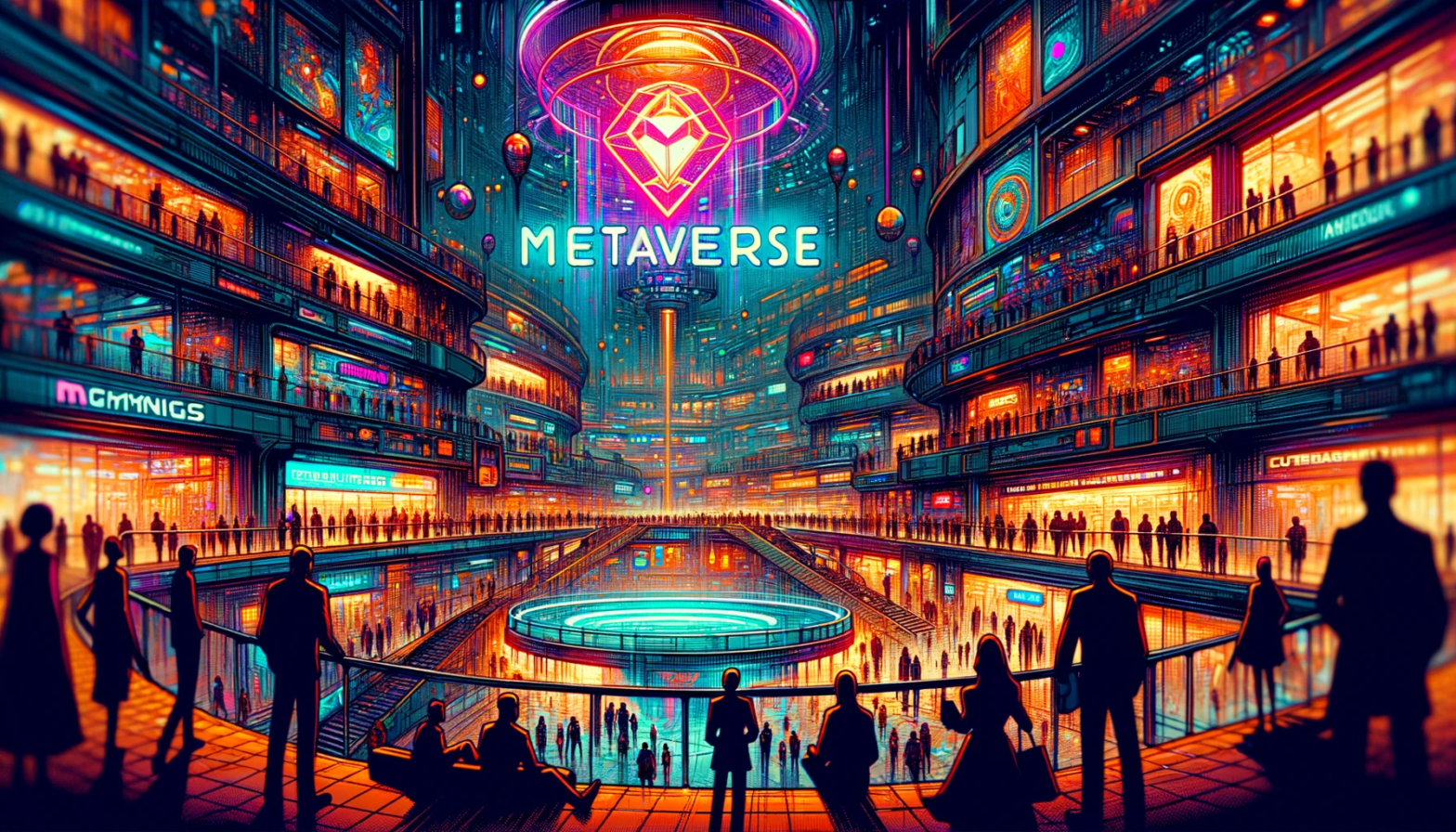There are five straight-forward questions with which you can quickly evaluate a startup pitch, combining the strength of a proposition with its delivery.
These questions bear some some resemblance to the Scorecard Method of startup valuation, which focuses on qualitative measures for early-stage companies, but with an additional focus on quantifying the market need.
I have applied this approach to screening accelerator applications, but it can be used as the first step of evaluation in any pitch process.
For the sake of simplicity we can score each of these on a scale of 1 to 5.
1) Severity of Problem
This is a question that can vary significantly based on the market you are looking at. Emerging economies tend to have more of a focus on the (high scoring) primary problems, which is why they’ve been able to better resist economic downturns.
1 – Micromobility, dating apps, rapid delivery (esp. red ocean)
5 – Access to water, energy, core financial services (esp. blue ocean)
2) Strength of Solution
Simply, are you providing a way for people to better cope with a particular pain, or have you managed to cure it in a complete and lasting manner?
1 – Solution alleviates the problem
5 – Solution eliminates the problem
3) Scalability
There’s almost always a focus on the size of market. TAM, SAM and SOM will feature in virtually every startup pitch deck. What’s often overlooked is how easy it is to scale into that market. Regulatory barriers, poor infrastructure, or corporate customers who move slowly are always a threat.
1 – Infrastructure or regulatory requirements, long sales cycles and onboarding (esp. in small markets)
5 – Web or mobile based product that is available on-demand to the entire target market (esp. in large markets)
4) Profitability
In many markets a poor product will win if it is just slightly cheaper than a better product. This kind of price suppression can be a killer for otherwise solid businesses. Similarly, some problems require costly solutions like agent networks, physical touchpoints, or a highly involved sales and customer service capability.
1 – Low margins (high CAC/CRC/COGS, low LTV)
5 – High margins (low CAC/CRC/COGS, high LTV)
5) Team
This is the hardest part of a pitch deck to quickly evaluate, and requires the most additional research. LinkedIn, interviews, papers, Glassdoor… the number of potential resources extends as far as your willingness to do the research.
1 – No obvious fit for the problem being solved, by education, experience, or personal background.
5 – Exactly who you imagine should be tackling this problem, with a combination of both motivation and ability.
Conclusion
At the end of this fairly rudimentary process you have a score out of 25 which should give you a very broad overview of the potential of this business. It is intended to quickly take a list of some hundreds of pitches down to the 20-30 you think are worth a closer look.
At that point you can then start looking at some of the more granular data:
- Existing partners, strategic relationships, etc
- Industry and regional context
- Traction and development of competitors
- Revenue forecasts and unit economics
- IP considerations





